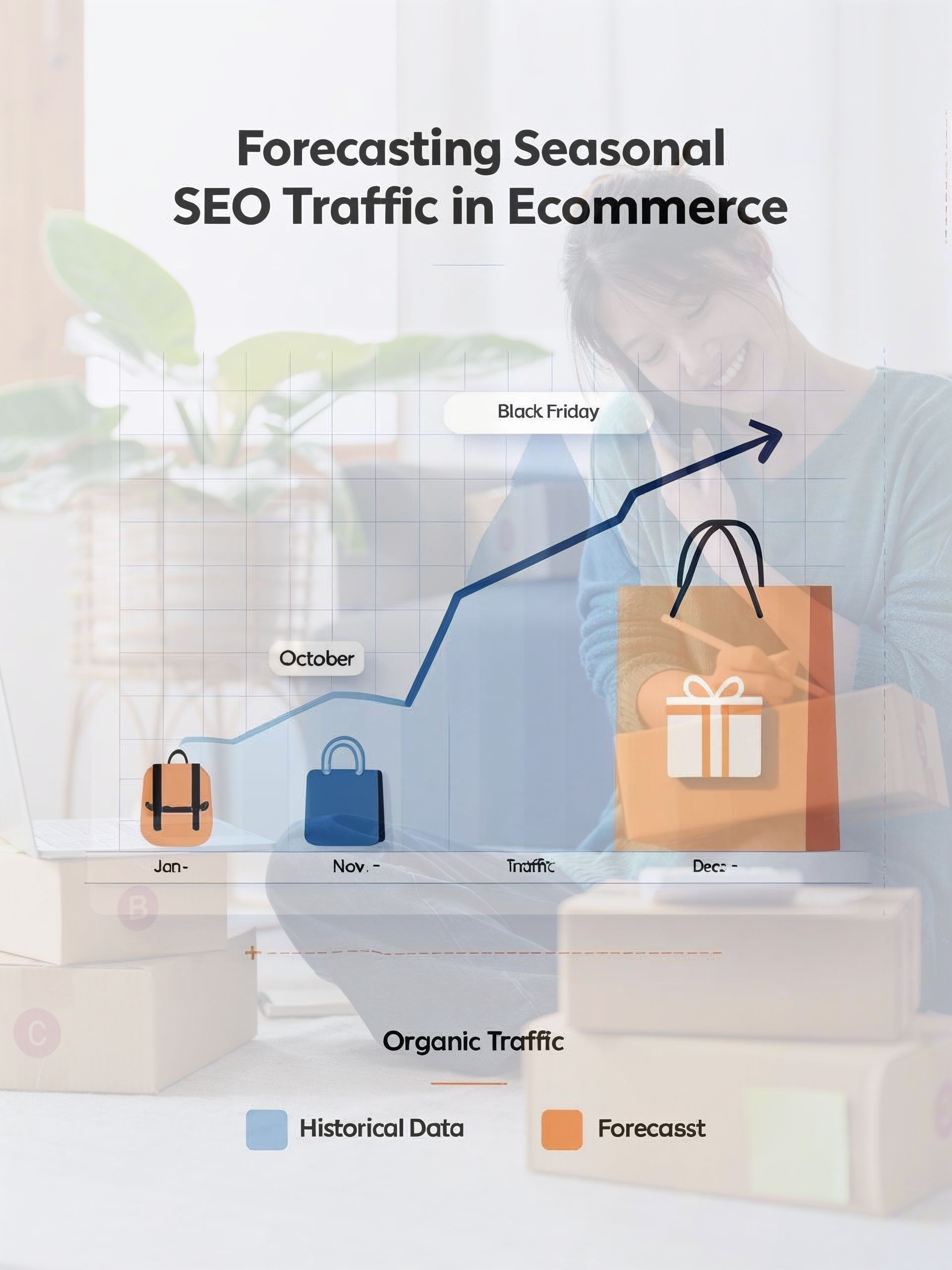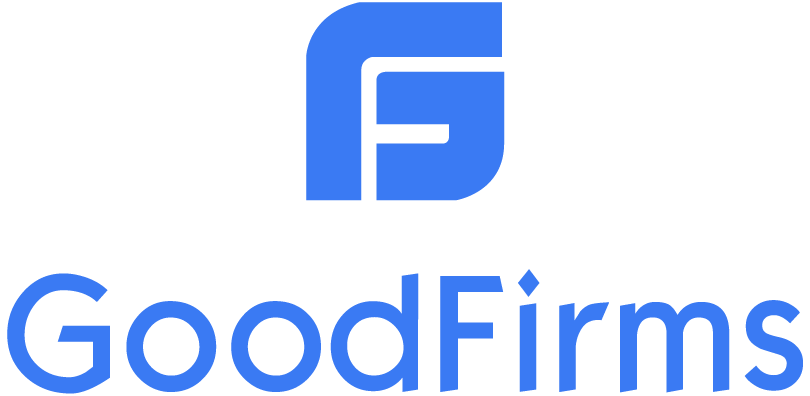Seasonality plays a massive role in how customers shop online. From Black Friday to back-to-school, eCommerce brands see predictable peaks and dips in search traffic throughout the year. To stay ahead, marketers need more than historical guesswork, they need data-backed forecasting. That’s where time series models come in.
In this article, we’ll explore how seasonality impacts eCommerce SEO, the basics of time series forecasting, and how brands can apply these models to improve keyword targeting, inventory management, and conversion rates.
Why Seasonality Matters in eCommerce SEO
Search demand isn’t static. It fluctuates based on cultural events, weather, holidays, and consumer buying behavior. For example:
- Retail’s biggest day: Black Friday 2024 generated more than $9.8 billion in U.S. Online sales, showing how vital seasonal readiness is.
- Back-to-school: Search interest for “laptop deals” peaks every August, according to Google Trends.
- Holiday spikes: December consistently drives the highest search traffic for “gift ideas.”
Ignoring these cycles means missing out on opportunities to rank at the exact moment customers are searching.
Understanding Time Series Forecasting
Time series forecasting uses historical data points (such as traffic, clicks, or keyword rankings) to predict future trends. In SEO, it helps anticipate demand so you can adjust content and campaigns before spikes occur.
Here are the most widely used models and how they apply to eCommerce SEO:
ARIMA (Autoregressive Integrated Moving Average)
What it is: ARIMA predicts future values based on past values and error terms. It’s best for data that shows a steady trend with some fluctuations.
SEO Example: If your “home office desk” keyword traffic has been growing steadily each year (especially post-pandemic), ARIMA can help forecast how much higher it may go next quarter.
Strengths: Works well for keywords with gradual growth.
Limitations: Doesn’t capture strong seasonal spikes on its own.
SARIMA (Seasonal ARIMA)
What it is: An extension of ARIMA that adds a seasonal component, making it perfect for eCommerce where cycles repeat every year (holidays, sales events).
SEO Example: SARIMA can predict the November/December surge for “Christmas pajamas” while accounting for regular traffic levels during off-seasons.
Strengths: Ideal for capturing predictable yearly spikes.
Limitations: Assumes patterns repeat consistently, which may not hold during unexpected events.
Prophet (by Meta)
What it is: A robust, user-friendly forecasting tool designed to handle missing data, irregular events, and outliers.
SEO Example: If your store runs an annual spring sale but moved the dates around, Prophet can still make accurate predictions about search interest for “spring deals” because it tolerates irregularities.
Strengths: Easy to use, great for marketers without deep data science expertise.
Limitations: Less precise with highly complex or short-term fluctuations.
LSTM (Long Short-Term Memory Networks)
What it is: A deep learning model capable of learning complex, long-term dependencies in data. LSTM looks at past seasonal trends and captures non-linear relationships.
SEO Example: If you sell sports gear, LSTM could learn that “basketball shoes” peak during March Madness and again during back-to-school season, even if the timing varies slightly each year.
Strengths: Extremely powerful for detecting complex seasonality.
Limitations: Requires more data and computational resources; may be too advanced for smaller businesses.
Comparing Time Series Models for eCommerce SEO
To help you choose the right model for your SEO forecasting, here’s a quick comparison of ARIMA, SARIMA, Prophet, and LSTM:
| Model | Best For | Strengths | Limitations | Example in eCommerce SEO |
|---|---|---|---|---|
| ARIMA | Stable trends without sharp seasonal spikes | Simple, reliable for steady growth patterns | Struggles with strong seasonality | Forecasting gradual keyword growth like “ergonomic office chairs” |
| SARIMA | Seasonal trends with predictable cycles | Captures recurring spikes (holidays, yearly sales) | Assumes seasonality is consistent | Predicting yearly holiday searches for “Christmas gifts” |
| Prophet | Data with irregularities, missing points, or shifting events | User-friendly, flexible, handles outliers | Less accurate for very short-term fluctuations | Adjusting for varying spring sale campaigns |
| LSTM | Complex, non-linear, multi-seasonal patterns | Learns long-term and irregular dependencies | Requires lots of data & resources | Capturing spikes for “basketball shoes” during March Madness and back-to-school |
Applying Time Series Models to eCommerce SEO
Here’s how online stores can put forecasting to work:
-
Forecast Seasonal Keyword Demand
Use tools like Google Trends, SEMrush, or Ahrefs to collect historical search volume. Apply a time series model to anticipate when keywords will spike.
-
Optimize Content Calendars
If your data shows “winter jackets” searches peak in October, publish optimized guides and category updates in September to capture early search demand.
-
Align Inventory With Search Demand
Traffic predictions can be tied to sales data, ensuring stock is ready when traffic surges.
-
Predict SEO ROI
Forecasting lets you estimate how much traffic—and revenue—seasonal optimization could generate, helping justify budget allocations.
Visualization: Example of Seasonal Traffic Forecast
Below is a sample chart (mockup) of an eCommerce brand forecasting traffic for “running shoes” over a 12-month period:
| Month | Historical Traffic | Forecasted Traffic |
|---|---|---|
| January | 12,000 | 13,500 |
| February | 11,500 | 12,800 |
| March | 14,200 | 15,700 |
| April | 13,800 | 14,600 |
| May | 16,000 | 17,200 |
| June | 15,500 | 16,900 |
| July | 14,000 | 15,200 |
| August | 17,800 | 19,100 |
| September | 18,500 | 20,400 |
| October | 22,000 | 24,300 |
| November | 28,000 | 31,200 |
| December | 30,500 | 33,700 |
This pattern shows spikes around back-to-school and holiday shopping seasons.
Tools for SEO Forecasting
- Prophet – Open-source forecasting model built by Meta.
- Tableau – For visualizing seasonal SEO trends.
- Google BigQuery ML – Machine learning on large SEO datasets.
- SEMRush Traffic Analytics – Historical and projected traffic insights.
Best Practices for Seasonal SEO Forecasting
- Collect at least 2–3 years of data to identify recurring patterns.
- Account for outliers (COVID-19 years, one-off events, promotions).
- Layer in external factors (holidays, weather, cultural trends).
- Always test forecasts against actuals and refine models over time.
Conclusion
Seasonality is one of the most powerful forces in eCommerce SEO. By leveraging time series forecasting, brands can go beyond reacting to search demand and start predicting it. With the right models and tools, you can build SEO strategies that anticipate consumer behavior, keep your store ahead of the competition, and turn seasonal spikes into sustainable revenue growth.







